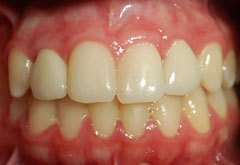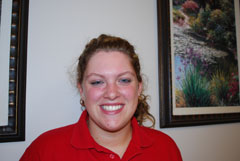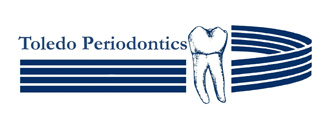Orthodontics and Periodontal Treatment
PERIODONTIC AND ORTHODONTIC INTERACTION
Our office has been collaborating with a large number of local orthodontists and pediatric dentists to achieve optimal smile for our mutual patients as well as correcting a variety of periodontal and mucogingival problems during or after the orthodontic treatment which includes:
1. Cosmetic plastic surgery.
2. Gingival graft and root coverage.
3. Canine and teeth exposure for orthodontic purpose.
4. Frenectomy procedure.
5. Eliminate lingual frenum or release tied tongue.
6. Fibrotomy procedure after orthodontic procedure.
7. Pocket reduction.
8. Replacement of congenitally missing teeth with implants and bone graft.
9. Oral pathology lesions evaluation and treatment.
10. Periodontal maintenance during and after the orthodontic treatment.
Usually, the outcome of orthodontic treatment (braces) is beautifully aligned, healthy, functional teeth. Sometimes, however, periodontal problems such as missing teeth, impacted teeth (teeth that are still buried under the gums and bone), overgrowth of gum tissues (making the gums appear “puffy” or the teeth appear short or small) or gum recession are encountered before, during or after orthodontic treatment. In these instances, the periodontist can partner with your orthodontist to help ensure the same outcome of beautifully aligned, healthy, functional teeth.
Some of the more frequent orthodontic conditions that Dr. Tohme regularly treats include:
Gingival Hyperplasia (persistent puffiness or overgrowth of the gums, making the teeth appear short or small): When diagnosing gingival hyperplasia, you, your orthodontist and Dr. Tohme will work together to determine whether the overgrowth of gum tissues can be addressed nonsurgically or surgically. Nonsurgical interventions can include scaling and root planing (see “Scaling and Root Planing” under our “Nonsurgical Procedures” tab), oral hygiene instruction and evaluation and increased intervals of periodontal maintenance therapy (professional dental cleanings).
Surgical intervention would include a gingivectomy or “crown lengthening procedure.” This is a simple, straightforward type of periodontal plastic surgery. The gums are gently numbed and carefully trimmed and contoured in a way that allows the teeth to appear longer. This procedure can also even out the gumline, reducing puffiness and swelling. Because gum tissue is one of the fastest healing tissues in the body, the recovery is rapid and the results are excellent.
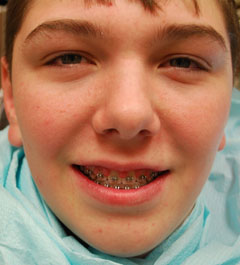
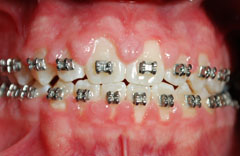
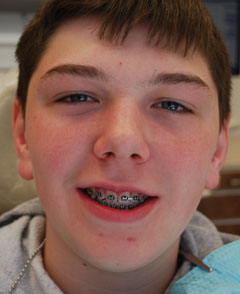
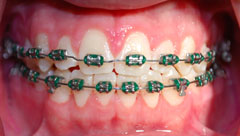
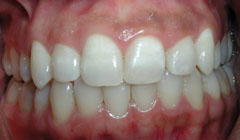
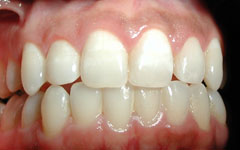
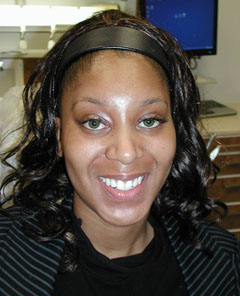
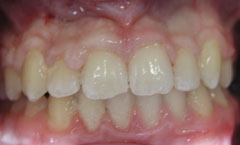
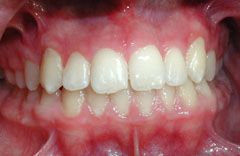
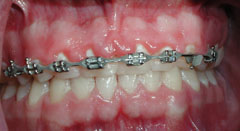
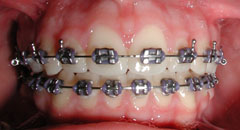
Root Coverage or Gingival Grafting: Gum recession can occur before, during or after orthodontic treatment. Initially, the areas of recession may be of minimal concern. Over time, they may worsen, or can become extremely sensitive to cold and touch, as well as highly susceptible to tooth decay (cavities) not to mention an embarrassing food trap. Periodontal surgery can “borrow” donor gum tissue from areas such as the palate and graft the borrowed tissue to the areas of recession, resulting in root coverage, protection and improved appearance.
Gingival grafting involves careful and gentle numbing of two separate areas of the mouth, the area of recession and most generally, the donor site on the palate. If you have any concerns regarding dental anesthesia, please view “Anesthesia” under our “Patient Information” tab. Once numbed, a small tissue graft is taken from the donor site. The gum is carefully separated from the tooth where the area of recession is present, and the tissue graft is positioned and attached to the gum and tooth in the area of recession with stitches. The palatal donor site is also closed with stitches.
Minor tenderness may be noted in the palatal area where the donor tissue was harvested, and you may find it more comfortable to chew on the opposite side of the mouth for a few days. A short appointment will be scheduled to remove stitches and evaluate your healing in 7-10 days. Over the next few weeks, the tissue heals and covers the area where the recession was previously present. (Insert pictures File # 2)
Frenectomy: If your orthodontist has referred you to Dr. Tohme for a frenectomy, he or she is recommending a simple surgical procedure that will relieve the pull of the frenum, a muscle that attaches the lip to the gum tissues. In certain cases, the musculature of the frenum is so strong that it can interfere with the movement of teeth or result in gum recession.
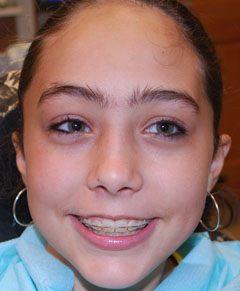
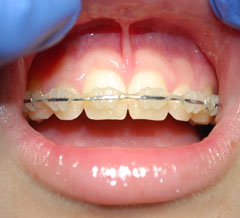
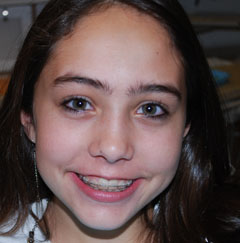
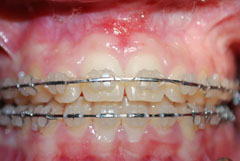

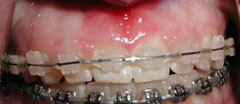
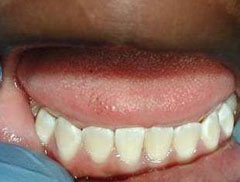
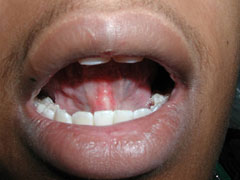
The area in question will be gently numbed, and the muscle attachment will be surgically relieved. Often, stitches are not even necessary following a frenectomy. This procedure is generally quick and comfortable, with excellent results.
Surgical Exposure of Impacted Teeth to Facilitate Orthodontic Eruption: For some orthodontic patients, a tooth is present but impacted. This means it is buried under bone and gum tissues and visible on the x-rays but not in the mouth. In order for the orthodontist to properly move the impacted tooth into its rightful space, the periodontist needs to surgically uncover the tooth so that an orthodontic bracket can be placed and the tooth can be moved into place.
Dr. Tohme will carefully study your x-rays to determine the exact position of the tooth. The area of impaction is then gently numbed. Once numb, a tiny area of the gum and bone covering the tooth are removed to reveal the impacted tooth. An orthodontic bracket is cemented onto the impacted tooth, and the surgical part of the exposure is complete. Following a short healing period of 1-2 weeks, your orthodontist will be able to begin to move the impacted tooth correctly into place.

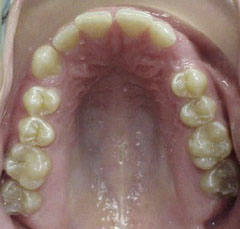
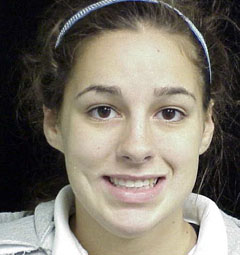
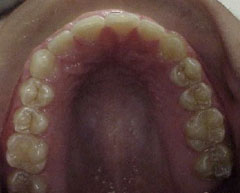
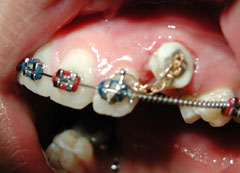
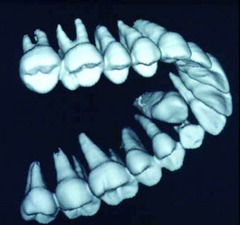
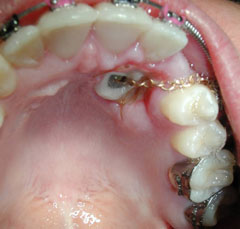
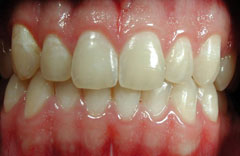
Dental Implant Placement for Congenitally Missing Teeth: A congenitally missing tooth is a tooth that never formed; it should be present in the mouth or under the gums and bone, but it is not. There can be an inherited component to congenitally missing teeth: if a parent or grandparent experienced missing teeth, children or grandchildren may also have an increased incidence of missing teeth. Placement of a dental implant can be an ideal solution for replacement of a congenitally missing tooth or teeth. Implant placement also helps maintain bone and gum tissue contour and health. This keeps the area of the missing tooth natural in appearance, similar to surrounding teeth.
Two concerns of implant placement in orthodontic cases are age and available bone. An adult patient who has finished growing is generally an excellent candidate for implant placement, as long as sufficient bone is present. Children or teens who have not finished growing present additional concerns regarding bone formation. Your orthodontist and Dr. Tohme will fully evaluate your child to determine the appropriate time for dental implant placement. A CAT scan may be ordered to offer Dr. Tohme additional information to determine if the amount of bone present is sufficient for implant placement. Careful attention must be paid to bone height and well as width to prepare for long term success with implant placement.
The implant placement area will be numbed just before surgery. If you have any concerns regarding dental anesthesia, please view “anesthesia” under our “Patient Information” tab. A small incision is made in the gum to expose the underlying bone, and a hole is precisely drilled into the bone to exactly match the size of the implant. The implant is then gently twisted into position, and the incision is closed with a few stitches.
Your gum in the surgical area will heal very quickly, within 1-2 weeks. A short follow-up appointment is made one to two weeks after the implant placement surgery to remove stitches (if necessary) and evaluate your healing. It is important during this initial healing period to finish all prescription medications and clean the surgical site as instructed, using the prescription mouthrinse. You may wish to eat soft foods for the first few days after surgery, and only wear any removable appliances such as “flippers,” retainers or mouthguards if instructed to do so. Generally, it is advised to NOT chew in the area of the healing implant for the first day or two after surgery. Our patients report MINIMAL discomfort, if any, after surgery and during this healing phase.
If a second surgery is indicated to place an abutment (connecting piece to join the implant to the artificial tooth), this will be scheduled sometime in the next 2-6 months, depending on the location of the implant and your healing time. Again, the area will be numbed and a small incision will be made into the gum tissue that has grown over the implant. The abutment, a small extension placed to bring the implant above the gumline, is placed on the implant. The gum is allowed to heal around the abutment for 1-2 weeks. This minor surgery is quick and simple, as your bone has fused with the implant by this time. Often, no stitches are necessary for this procedure.
As soon as the gums around the abutment have healed, your general dentist can take impressions to allow the dental laboratory to custom make a crown or artificial tooth that beautifully matches your natural teeth. This crown is then placed on the abutment and your bite is adjusted to be stable and comfortable. Usually no anesthetic is needed for either the impressions or the final crown placement. You will be given all of the necessary instruction and aids to help you keep your implant healthy, and your implant will be closely monitored by your general dentist and by Dr. Tohme. Your implant is now complete and you many enjoy speaking, smiling and chewing with confidence.
